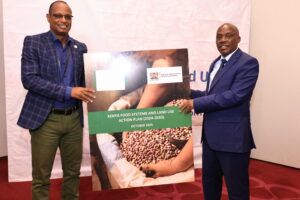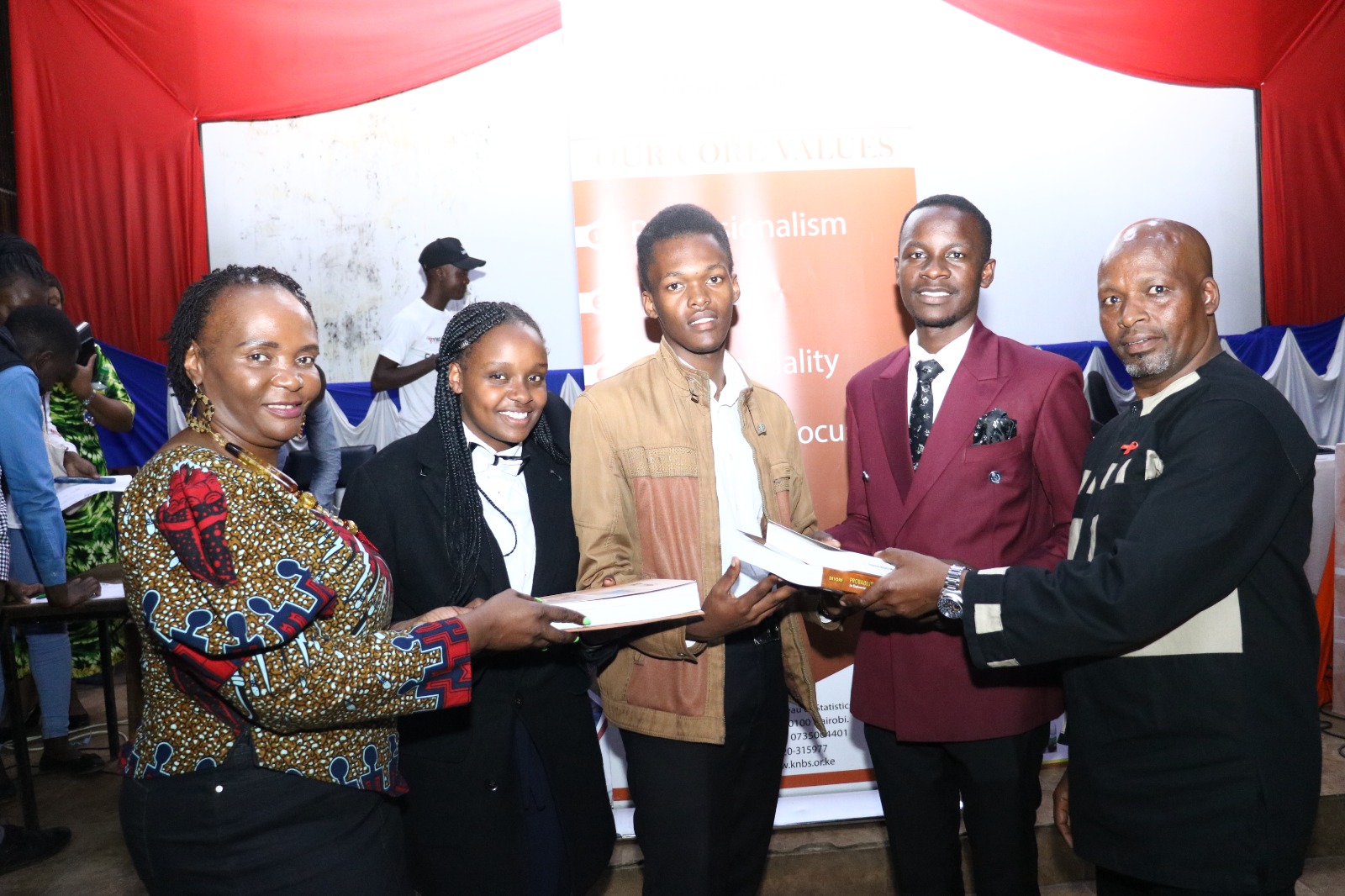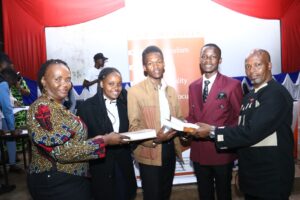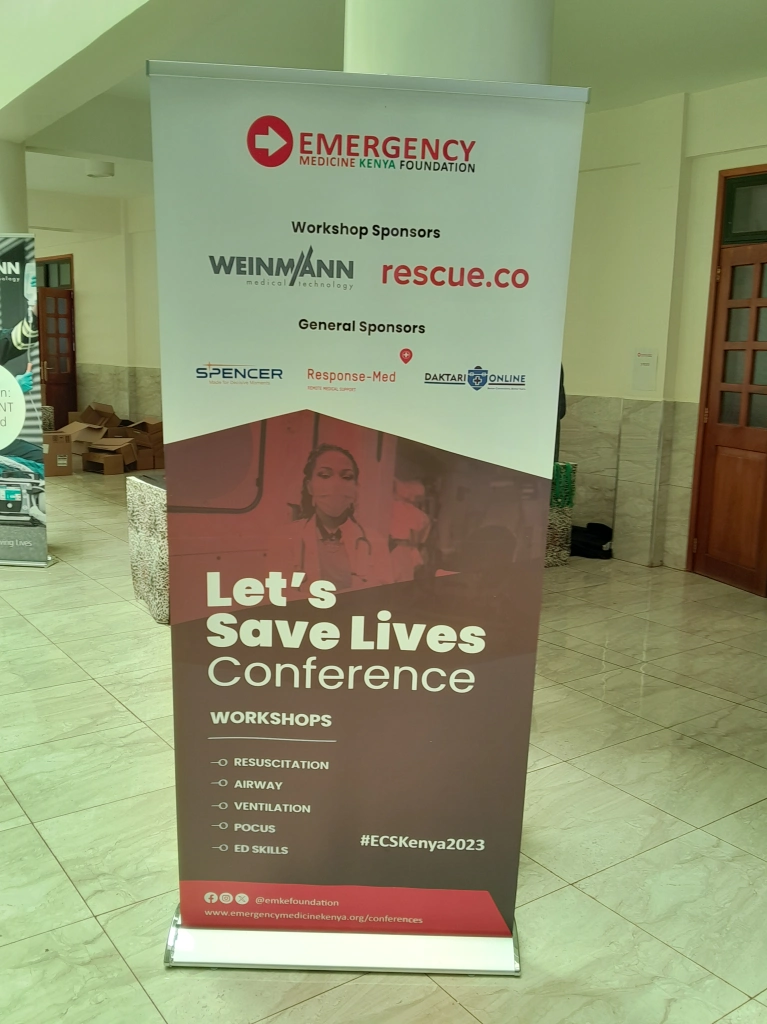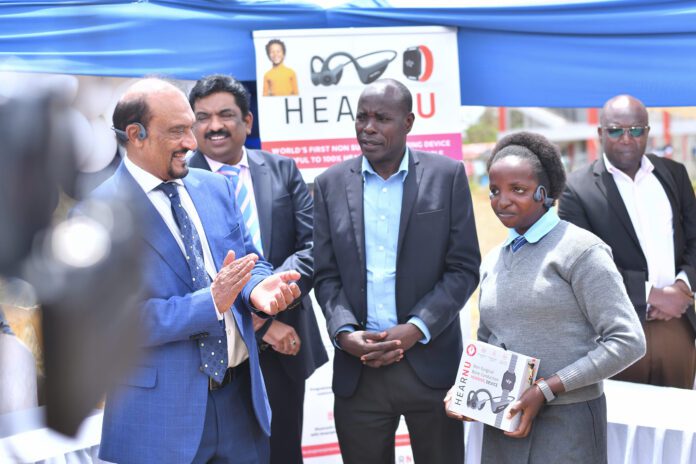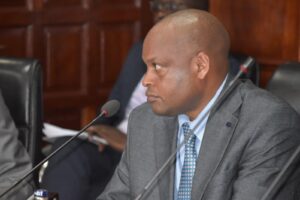
By James Nyaigoti,
The Ministry of Health has today launched 2023/2024-2027/2028 National Strategic Plan for TB, Leprosy and Lung health.
The launch, witnessed the presence of various stakeholders including; Principal Secretary Mary Muthoni Muriuki Ministry of Health, Centre for Desease Control (CDC), USAID, World Health Organisatio (WHO), Stop TB partnership Kenya, Parliamentary Caucus Kenya and other stakeholders.
Tuberculosis (TB) remains one of the Top infectious killers in the world and the leading infectious disease killer in Kenya. According to the WHO Global TB report, 2021 Kenya was one of the High TB burden countries that achieved WHOs End TB strategy.
Dr. Everlyn from Stop TB partnership observed that, she spent the third of my life discussing TB from World Health organisation and other areas. Integrating TB across various departments in Government is needed. Policies that align to health measures should also be taken. There is need to treat TB as a social problem and demedicalize it.
Dr. Abraham Katana CDC branch also noted that, finding TB ealier makes it easier to cure and most deaths witnessed as a result of HIV are caused by TB.

“We want to see Kenya move away from curative to preventive measures and reduce long ques in our hospitals. It is also important for the ealier treatment. The deseases high mortality are also caused by misdiagnosis.
Community Health Promoters CHP in the country will play an important role in promoting health in our communities.
The strategic also proposes practical mechanisms in tackling TB in kenya.” Said PS Mary Muthoni.
In the pursuit of the Sustainable Development Goal on “Ensuring healthy lives and promoting well-being for all,” which includes ending the TB epidemic by 2030, collective action at the national and on a global scale is imperative.
WHO congratulates Kenya on the development of an evidence-based, people-centered National Strategic Plan for TB, Leprosy, and Lung Disease 2023/24-2027/28. The development of this plan, informed by the latest WHO global guidance on the development process, reflects a meticulous consideration of fundamental principles of TB planning and programming for epidemic response and control, while placing individuals and communities at the forefront of TB interventions. The strategic plan aligns seamlessly with the Global WHO-END TB strategy, whose overarching goal is to reduce the incidence of TB, preventing deaths from the disease, and mitigating the catastrophic economic costs associated with TB-related illness.
In the same light, we commend the efforts of the Ministry of Health in the development of the first ever TB laboratory operational plan and quality management framework in Kenya, that will strengthen laboratory systems and operations. This will play a pivotal role in optimizing TB surveillance, increasing access to rapid WHO recommended tools, enhance diagnostic accuracy, streamline laboratory processes, enhance laboratory information system, and strengthen the sample referral network.
WHO applauds the nation’s historic achievement in the region to implement the new WHO recommended, simplified diagnostic algorithm for children and the shorter, four-month pediatric regimen for TB treatment. This milestone marks a significant stride in pediatric TB care, representing a pioneering effort to address the unique healthcare needs of children affected by this infectious disease. The adoption of the simplified diagnostic algorithm will ensure diagnosing TB in children is made easier, contributing to increased, early and more accurate detection. This commendable initiative underscores Kenya’s commitment to advancing healthcare and serves as a beacon of progress for the region in the collective endeavor to combat childhood tuberculosis.
